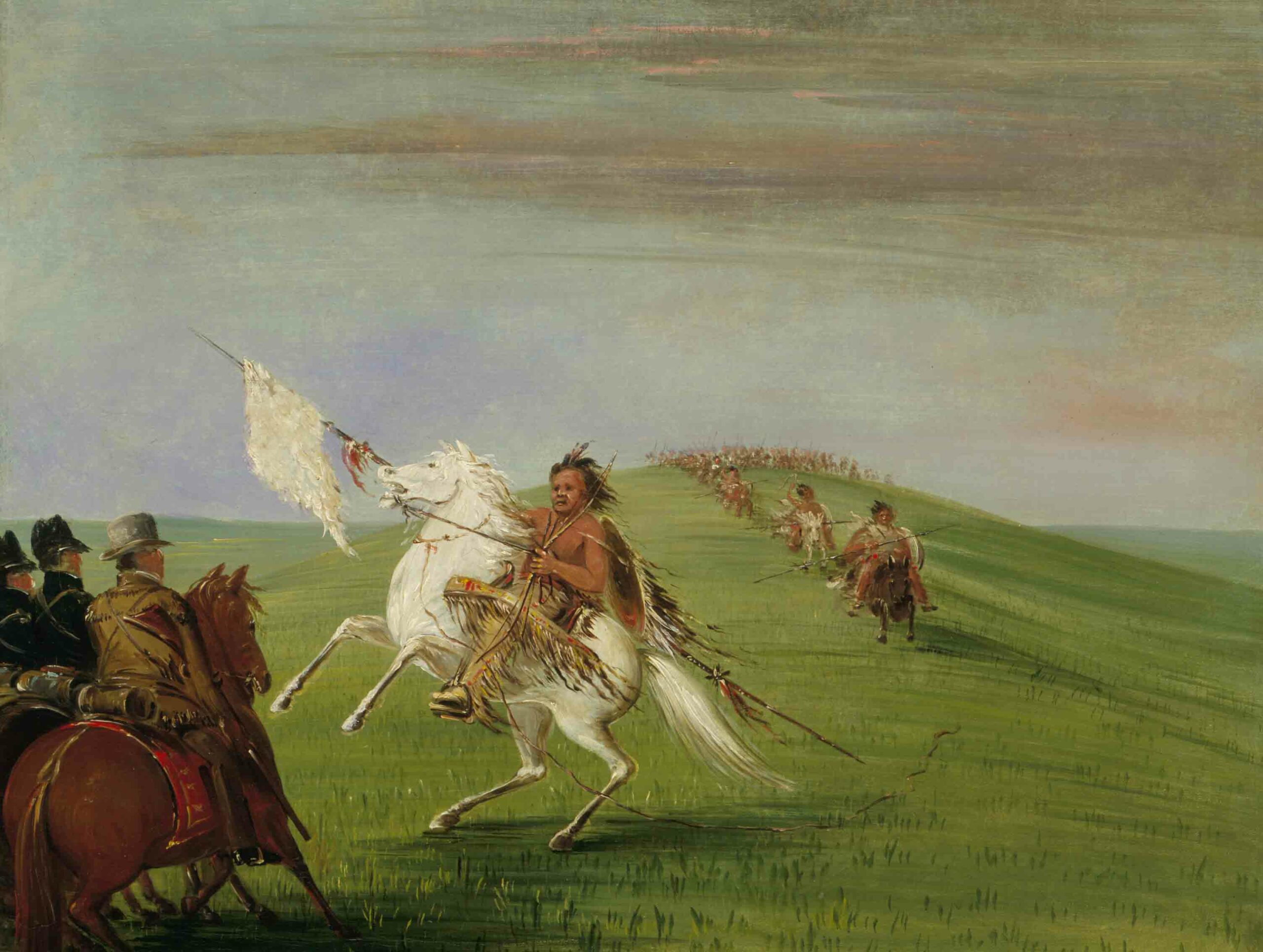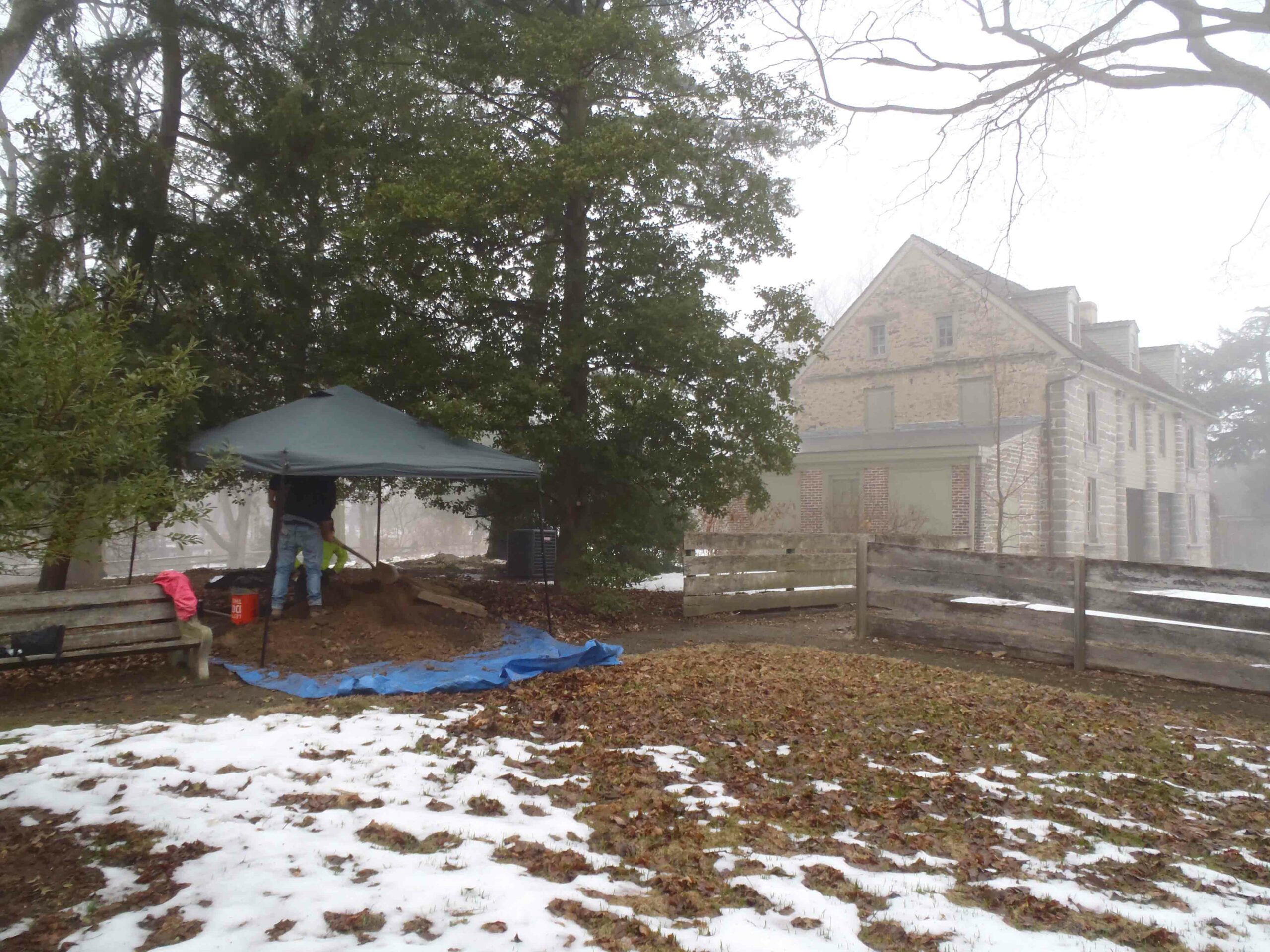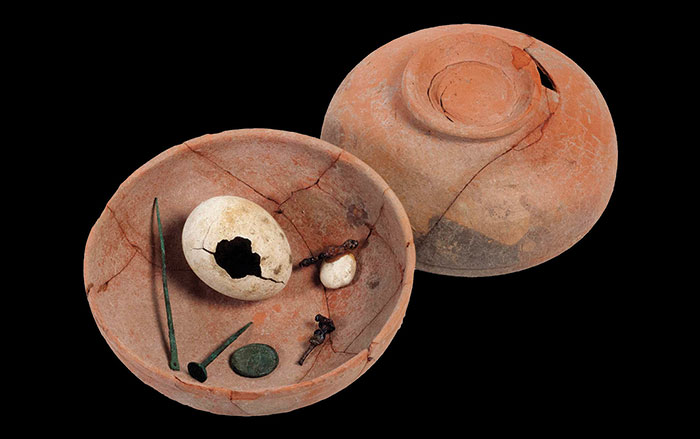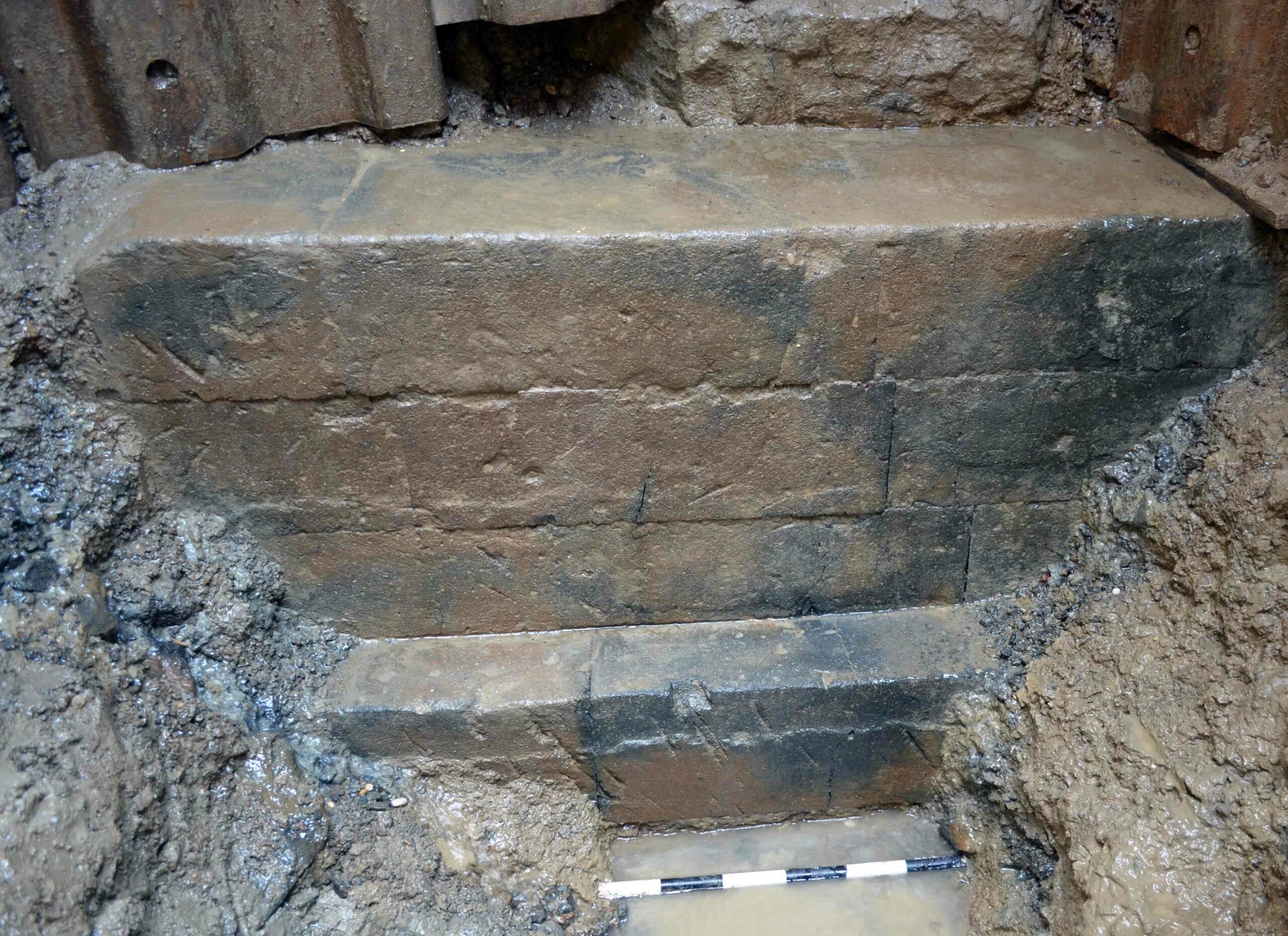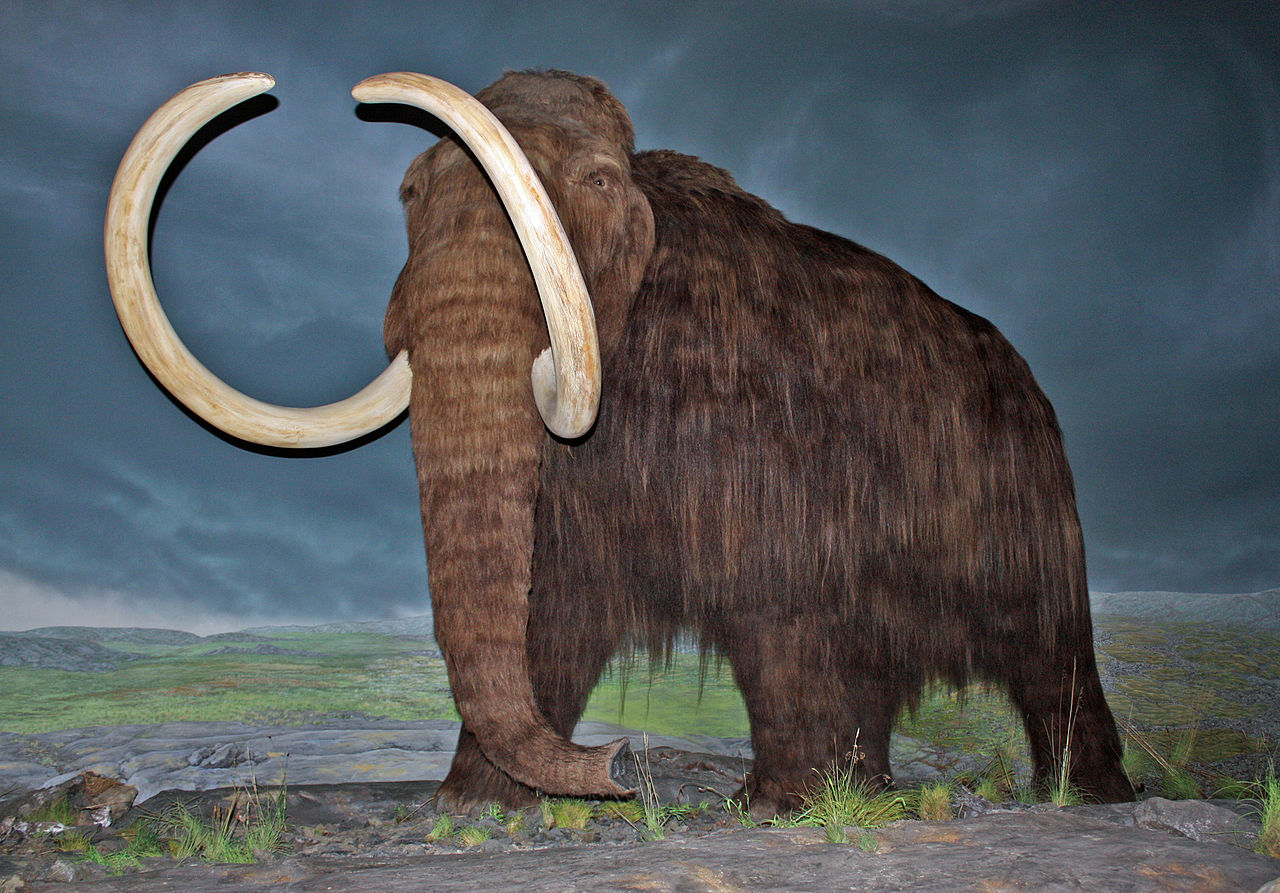
AARHUS, DENMARK—A new study concludes that the extinctions of large mammals such as woolly mammoths, giant sloths, mastodons, and cave lions around the world over the past 130,000 years correlates more closely with the arrival of humans than with changes in climate. “The evidence really strongly suggests that people were the defining factor,” Chris Sandom, who was a researcher at Aarhus University at the time of the study, told Live Science. In sub-Saharan Africa, where large animals evolved alongside humans as they learned to make and use tools, there was the least extinction. When humans moved to Asia and Europe, they encountered animals unaccustomed to human hunters, and extinction rates rose. Climate may have interacted with human arrival in Eurasia, with temperatures determining where people migrated. Sandom found that extinctions were most extreme in Australia and the Americas, where humans arrived comparatively late. The new predators may have disrupted the animals’ ability to adapt to new habitats. “You’ve got this very advanced hunter arriving in the system,” he explained.







